Highlights
- Researchers from King’s College London developed a taxonomy of real faults in hybrid quantum-classical architectures.
- The study analyzed over 5,000 GitHub issues and identified 133 real faults in these systems.
- Conceptual errors and interface mismatches are the most common issues.
- Experts predict hybrid architectures will remain critical even as quantum hardware evolves.
- The work provides a foundation for improving testing and debugging techniques for quantum systems.
TLDR
Researchers at King’s College London have created the first taxonomy of real-world faults in hybrid quantum-classical architectures, identifying the most common failure points through a large-scale analysis of open-source projects. Their findings could help improve the reliability of these complex systems, which integrate quantum and classical computing.
The Quantum Revolution’s Growing Pains
Quantum computing promises to revolutionize fields like drug discovery, cryptography, and materials science. But as this cutting-edge technology evolves, it faces growing challenges—particularly when quantum and classical computers work together. A new study from researchers at King’s College London reveals the hidden bugs and glitches that occur in Hybrid Quantum-Classical Architectures (HQCA), with implications for the future of reliable quantum software.
The research, conducted by Avner Bensoussan, Gunel Jahangirova, and Mohammad Reza Mousavi, introduces a taxonomy of real faults in these hybrid systems. Using data from over 5,000 GitHub issues and 133 real faults, the team identified seven major categories of faults. Their analysis reveals surprising similarities with machine learning architectures, alongside unique quantum-specific challenges.
“These architectures are crucial for today’s quantum applications,” said lead author Avner Bensoussan. “Understanding their faults helps us build better, more reliable quantum software.”
Why Hybrid Quantum-Classical Architectures?
Quantum computers operate differently from classical machines, using qubits that can exist in superposition—simultaneously representing multiple states. However, today’s quantum devices are limited by noise and hardware constraints, placing us in the NISQ (Noisy Intermediate-Scale Quantum) era.
To harness their power, researchers pair these machines with classical systems, creating Hybrid Quantum-Classical Architectures (HQCA). These architectures execute quantum algorithms (like Variational Quantum Algorithms (VQAs)) in classical optimization loops. But the interaction between these two paradigms introduces new fault categories, previously unexplored in depth.
Mapping the Faults: Seven Key Categories
The researchers categorized the 133 real-world faults into seven major types:
- Parametrization Faults: Errors during the initial setup of the quantum circuit’s parameters, such as incorrect tensor types.
- Conceptual Errors: Mistakes in translating domain-specific problems into quantum models, often caused by broken electronic symmetries.
- API Integration Issues: Misuse of application programming interfaces, including deprecated functions and framework compatibility problems.
- Optimization Problems: Bugs during the classical optimization phase, such as mismatched gradient calculations.
- Quantum Circuit Errors: Design flaws in the quantum gates and operators responsible for executing algorithms.
- Measurement Faults: Inaccuracies during the transition from quantum measurements to classical data.
- GPU Integration Faults: Problems related to offloading computations to GPUs, like memory allocation failures.
The Interfaces: Where Quantum Meets Classical
Interestingly, the study found that many bugs arise from interface mismatches.
“The interfaces between quantum and classical components are particularly fragile,” explains co-author Gunel Jahangirova.
For instance, errors occur when classical optimization results are fed back into quantum circuits, or when APIs handling quantum gates encounter unexpected data types. These issues can cause wrong outputs, performance slowdowns, or program crashes.
Conceptual Errors: The Human Factor
One particularly intriguing discovery was the “Conceptual Faults” category—errors rooted in human misunderstanding rather than technical flaws.
For example, several developers misinterpreted quantum Hamiltonians—mathematical descriptions of quantum states. In one case, an incorrect Hamiltonian mapping produced nonsensical simulation results.
“Translating classical problems into quantum models remains a major challenge,” said co-author Mohammad Reza Mousavi.
Such conceptual errors accounted for 33% of the issues reported during expert interviews, highlighting the need for better training and tools for developers working in quantum domains.
Implications for Future Quantum Software
As quantum computing scales, hybrid architectures are expected to remain essential. Even when fault-tolerant quantum computers become available, classical systems will continue to support optimization and preprocessing tasks.
The study’s insights offer a roadmap for researchers to develop better testing frameworks. The authors suggest that automated tools could detect and fix interface mismatches, while new educational resources might reduce conceptual errors.
“This taxonomy is a stepping stone,” Bensoussan said. “It provides a foundation for more reliable quantum software in the years ahead.”
Looking Ahead: From Taxonomy to Toolkits
The researchers plan to integrate their findings into new tools for quantum software testing. By simulating the faults identified in their taxonomy, they hope to stress-test hybrid architectures and improve their resilience.
“Our work bridges the gap between quantum theory and practical, reliable applications,” Bensoussan concluded.
As quantum computing inches toward commercial relevance, studies like this one will become crucial for ensuring its robustness and reliability.

